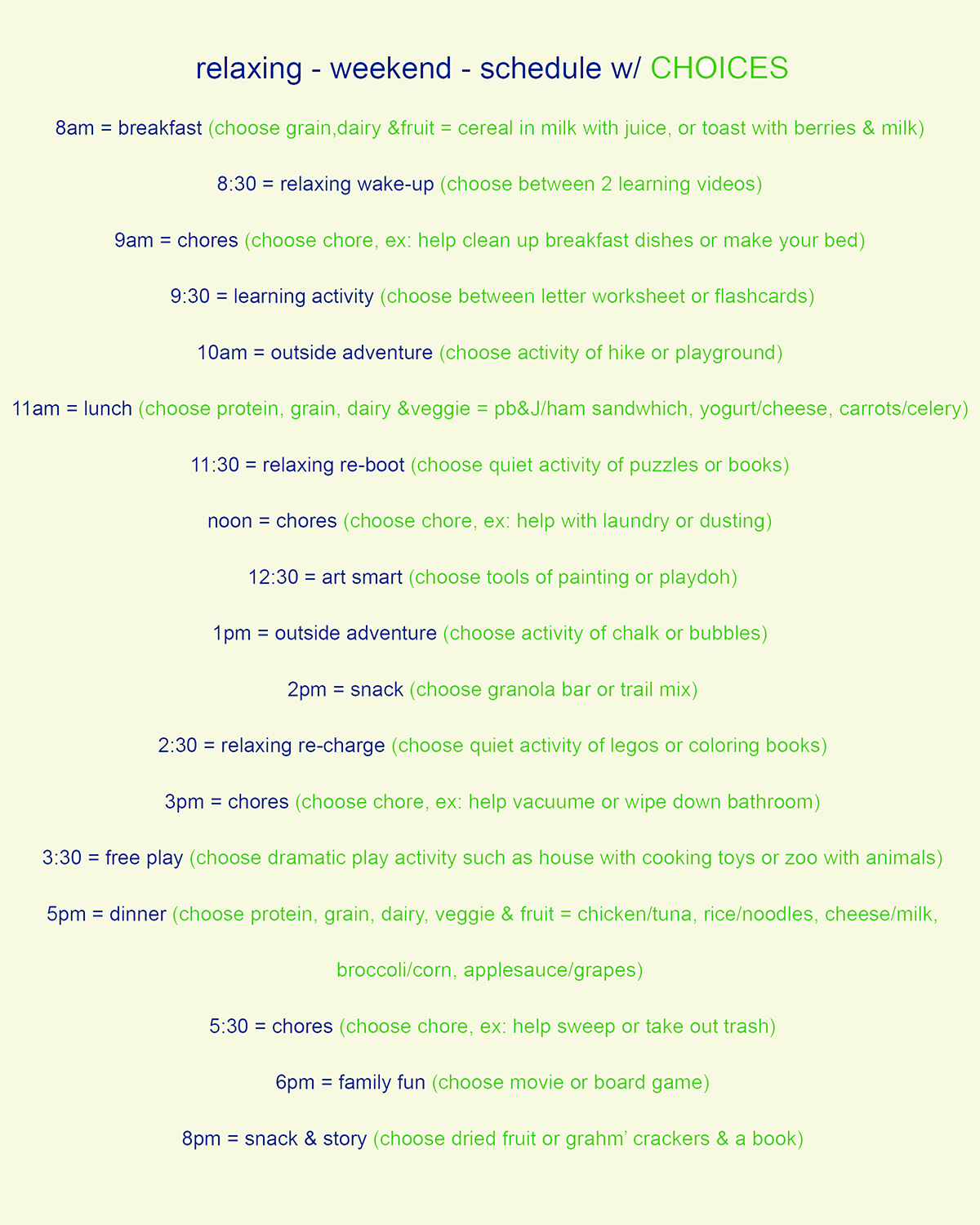Last week we were stuck living outta suitcases in a hotel. I say (or rather write) “stuck” because it was not a vacation plan. We came back from our spring break vacation to a home that was without heat and freezing (to the point of a frozen fish bowl)! Readers from a far you’ll haveta believe me that spring break does not mean warm weather and our house was 33 degrees! So, while waiting for the heat problem to be fixed we moved into a local hotel for a few days. Living outta suitcases meant little choices for activities keeping our 5&6yr old boys busy. Luckily the hotel had a pool! BUT it was filled with spring breakers enjoying vacation and since our boys get a bit overwhelmed with chaotic environments this wasn’t always an option. We brought in some books, coloring activities, a few action figures and other toys, but since they don’t like to sit and entertain themselves quietly for endless hours, this wasn’t always the answer either.
In our last blog we started talking about planning activities and offering choices for activities. This is often easy enough to do, but what’s your plan when you’re not at home and stuck with little or no options to keep kids busy? OR what’s your plan when you are at home, but there are too many new exciting options? When we finally got home it was Easter weekend and between grandparent packages and Easter bunny baskets PLUS our old options that we missed the past week – there were tears from too many choices.
We know that every child is different, so not every chart will work for your kid, but the chart above helps us remember to limit choices to children. Choices are great as it gives a kid a sense of control, but too many options can overwhelm them. Some kids have a hard time making decisions so working on small choices is an important skill builder. Start with making choices that are comparable – example: “Which of these 2 games do you want to play?” “Not, do you want to play one of these games or go outside or watch tv or…?” As you start building a predictable schedule/routine use that tool as a guideline for activity planning:
Use the season, upcoming holidays, important family events, etc… to plan the days theme. Theme’s help keep activities relatable and therefore more memorable. If you have a child who is struggling with math – use the theme to work on that skill… We learn more by doing and retain more when we enjoy what we’re doing, so have fun teaching your kids. Days at home offer time to relax our minds and bodies, but should create times for learning and playing in a relaxing / non-threatening way. It’s hard to learn a new skill when you think your peers are staring at you, so use stay-home-days for their advantage. As your kids get bigger ask “what do you want to learn/do today.” Maybe your kid would like help with homework, or practice catching a ball, or time to write in a journal and reflect… Maybe they need help learning how to plan their own days, weeks, months, years… maybe they want to develop future goals… that’s what blog #13 will be talking about, so join us for that discussion and feel free to write thoughts below:





Leave a Reply